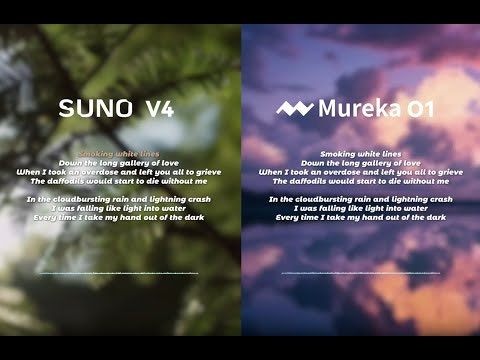Table of Contents
Overview
Tired of generic royalty-free music? Ready to unleash your inner composer without years of training? Mureka O1 is an AI music generation platform that’s shaking up the industry. By leveraging the power of Chain-of-Thought (CoT) prompting, Mureka O1 creates structured, high-fidelity music tailored to your specific needs. Let’s dive into what makes this platform a potential game-changer for musicians, content creators, and developers alike.
Key Features
Mureka O1 boasts a powerful suite of features designed to make music creation accessible and innovative:
- Chain-of-Thought Music Generation: This advanced technique allows Mureka O1 to create structured and coherent musical compositions, resulting in more complex and nuanced pieces.
- Multilingual Support (10 languages): Break down language barriers and create music in a variety of languages, expanding your reach and creative possibilities.
- Voice Cloning Technology: Replicate specific vocal styles or create entirely new ones, adding a unique personal touch to your music.
- Scenario-Specific BGM Generation: Quickly generate background music tailored to specific moods, themes, or scenes for videos, games, and other projects.
- API Access for Developers: Integrate Mureka O1’s capabilities into your own applications and workflows, opening up a world of possibilities for personalized music experiences.
How It Works
Mureka O1 simplifies the music creation process with its intuitive AI-powered engine. Users begin by inputting lyrics or prompts describing the desired music. The platform then utilizes its Chain-of-Thought prompting to analyze the input and generate structured music compositions. This includes selecting appropriate instruments, harmonies, and rhythms to match the provided context. The final result, which can include both vocals and instrumentals, is delivered in real-time, allowing for quick iteration and refinement.
Use Cases
Mureka O1’s versatility makes it suitable for a wide range of applications:
- Creating Original Music Tracks: Compose unique and personalized songs for personal enjoyment, commercial use, or artistic expression.
- Generating Background Music for Videos: Quickly produce royalty-free background music that perfectly complements your video content, enhancing the viewing experience.
- Producing Multilingual Songs: Create songs in multiple languages to reach a global audience and explore diverse musical styles.
- Developing Personalized Music Experiences: Integrate Mureka O1’s API into your applications to create custom music experiences tailored to individual users’ preferences.
Pros & Cons
Like any technology, Mureka O1 has its strengths and weaknesses. Let’s take a look at the advantages and disadvantages:
Advantages
- Advanced music structuring with CoT: The Chain-of-Thought prompting ensures more coherent and musically sophisticated compositions.
- Supports multiple languages: Enables creation of music in diverse languages, expanding creative possibilities.
- Offers voice cloning: Allows for personalized vocal styles and unique sonic identities.
Disadvantages
- May require technical knowledge for API integration: Integrating the API may require programming skills, potentially limiting accessibility for some users.
- Quality may vary based on input: The quality of the generated music is dependent on the clarity and specificity of the input prompts.
How Does It Compare?
When considering AI music generation platforms, it’s important to understand the key differences. While platforms like Suno offer general AI music generation capabilities, Mureka O1 distinguishes itself with its Chain-of-Thought (CoT) structuring and multilingual support. This means Mureka O1 is particularly well-suited for creating more complex, coherent, and linguistically diverse musical compositions compared to Suno’s broader approach.
Final Thoughts
Mureka O1 presents a compelling option for anyone looking to explore the world of AI-powered music creation. Its Chain-of-Thought prompting, multilingual support, and voice cloning technology offer a unique blend of innovation and accessibility. While API integration may require some technical expertise, the platform’s potential for generating structured, high-fidelity music makes it a worthwhile tool for musicians, content creators, and developers seeking to push the boundaries of musical expression.
